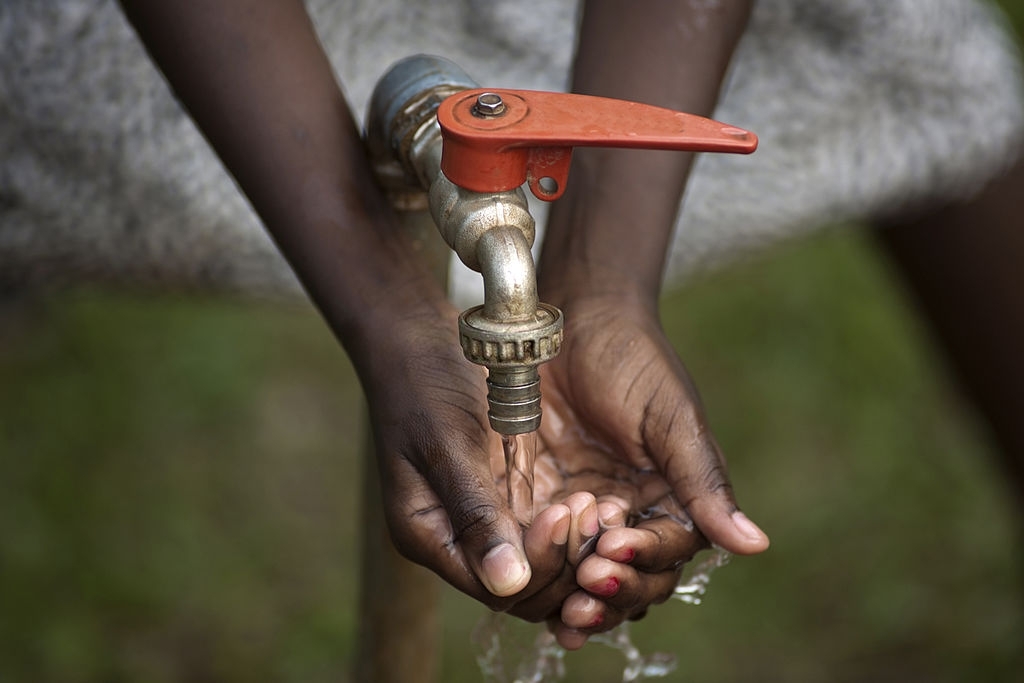There are regional differences in water characteristics, based mainly on geology and climate. There may also be great differences in the quality of water available on a local level depending on whether the source is from above ground (rivers and ponds) or from groundwater aquifers with varying geology, and whether the water has been chemically treated. Municipal system water and deep wells generally provide the best water source for greenhouse operations. Chemical treatment of water may be required when pollutants such as iron, sodium, dissolved calcium, and magnesium or bicarbonates are present. Surface water such as ponds and streams may have more particulate matter such as suspended soil particles, leaves algae, or weeds that need to be filtered out.
The five primary sources of water:
Surface water
Surface water consists of rivers, lakes, and streams, it is highly susceptible to contamination.



Groundwater
Groundwater is found in aquifers that are located below the earth’s surface. As rainfall occurs, some of it evaporates, some of it is removed by plant transpiration, and the remaining water filters down through the topsoil and flows into sand, gravel, and fractured rock. It reaches a depth where all the pore spaces are filled. This saturated zone is called the aquifer.



It needs special treatment prior to use as a drinking source.
Rainwater
Can be collected from greenhouses or building roofs without contacting the ground and held in a concrete cistern, fiberglass or polyethylene tank, water silo, or other holding tank. It is clean except for any debris that gets into the system. Rainwater will be very low in elemental or chemical contamination unless there is industrial air pollution or fallout on the roofs. The pH of collected rain may be low (4.0 – 5.0) but is not considered detrimental to crops because it is not buffered (does not resist change in pH) and changes readily. Rainwater is an excellent and underutilized source of irrigation water.



There is not often enough natural falling to meet our demand for water resources so additional sourcing may be needed from other areas during dry seasons.
Precipitation water
Includes water supplied by the city, county, or municipality. Either, ground, rain, and/or surface water may be used. The cost and quality are typically high since much of the water is for residential use and drinking water and is treated. The key concerns are whether the supply is guaranteed in times of shortages and what water treatment procedures are used that may influence plant growth. Municipal water may have fluoride and/or chlorine added at rates which is not a problem for most crops. Occasionally, sodium compounds are added to treat hard water.



Recycled Wastewater
This can also provide an excellent source of clean water following stringent treatments- but this type of source must only proceed after receiving appropriate authorization due to previous contaminations that may linger within the recovered source.




